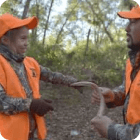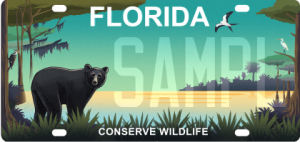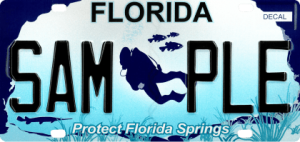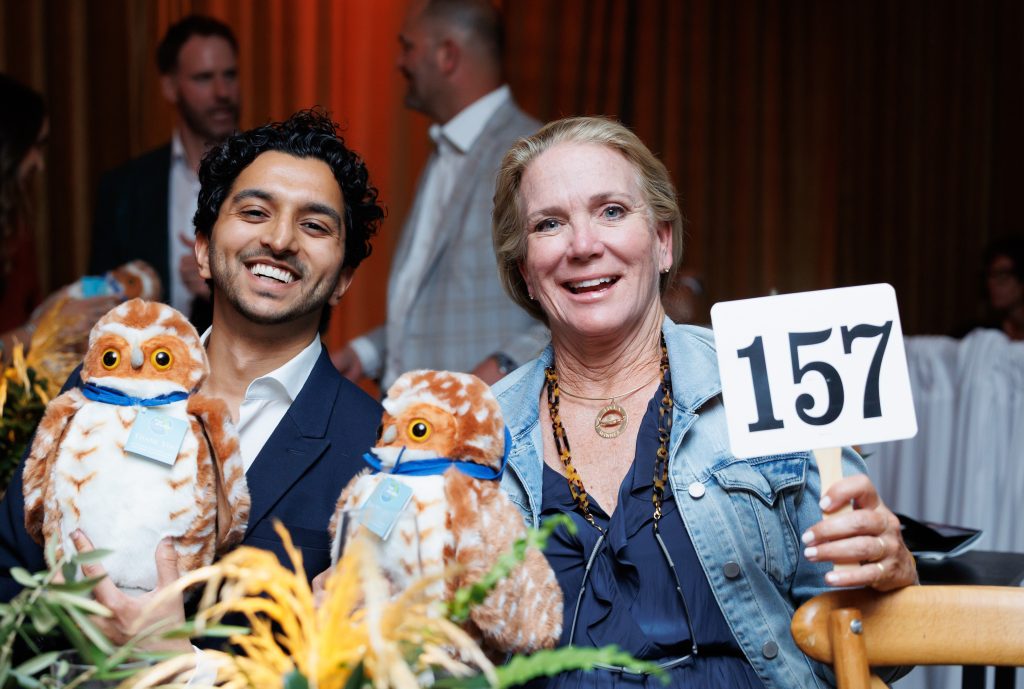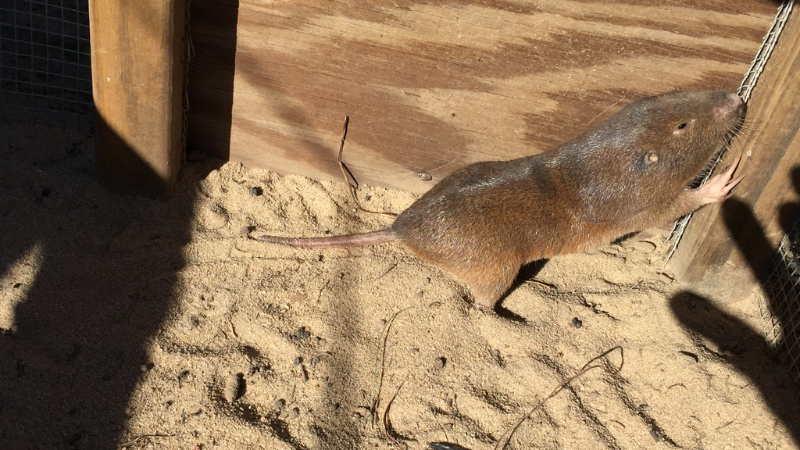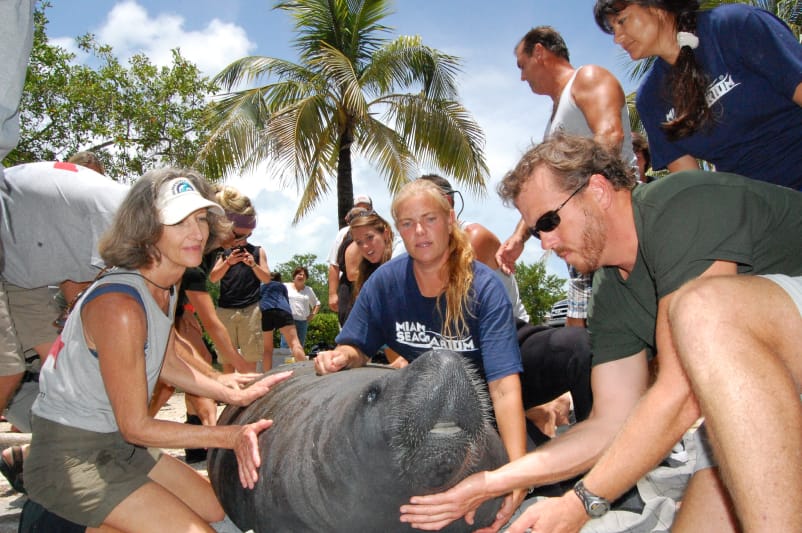
The Florida panther has always fought an uphill battle. After being hunted to near extinction, today’s panther population faces countless threats, including habitat fragmentation and vehicle collisions. FWC estimates only 120-230 adult panthers exist, primarily in southwest Florida. In 2021 alone, FWC recorded 27 panther deaths, most of which were attributed to vehicle collisions.
Panthers once sprawled throughout the southeastern United States. As human populations grew, the genetic diversity of the panthers shrunk. Due to their smaller gene pool, Florida panthers carry distinct physical characteristics when compared to pumas, mountain lions, and cougars; many Florida panthers exhibit a kinked tail, cowlicks of fur on their backs, and weakened immune systems.
The newest concern for the Florida panther is a neuromuscular disorder called feline leukomyelopathy or FLM. FLM affects both panthers and bobcats but has not appeared in domestic cat populations. Symptoms include hind limb weakness and, in some cases, partial paralysis. This can affect a kitten’s ability to keep up with its family unit or an adult panther’s ability to hunt properly and evade danger. In 2018, FWC received video footage of a panther kitten demonstrating symptoms of FLM. However, after additional information was collected on how to identify the disease, there may be photographic evidence of another affected kitten as early as 2017. Since then, FWC has identified nearly 50 probable cases between bobcats and panthers.
In addition to funding rehabilitation facilities and resources for injured panther transportation, our Foundation has made funding FLM research a priority. Due to the recent discovery of the disease and the elusive nature of both bobcats and panthers, very little is known about FLM, including how it’s transmitted, how long the disease lasts, or if the disease is fatal. FWC’s Florida Panther Project is working to change that. Dr. Hollis Stewart, DVM, Marc Criffield, an assistant research scientist, and the rest of their team deployed over 100 trail cameras in core panther habitat to record potential FLM cases. In addition, they are using GPS tracking collars to track two female bobcats to unearth FLM’s mysterious epidemiology:
Research like this is crucial to uncovering the latest threat against the delicate panther population. By donating to our Florida panther fund or purchasing a panther plush or Conserve Wildlife license plate, you can support this pivotal work and preserve Florida’s state animal for generations to come.





